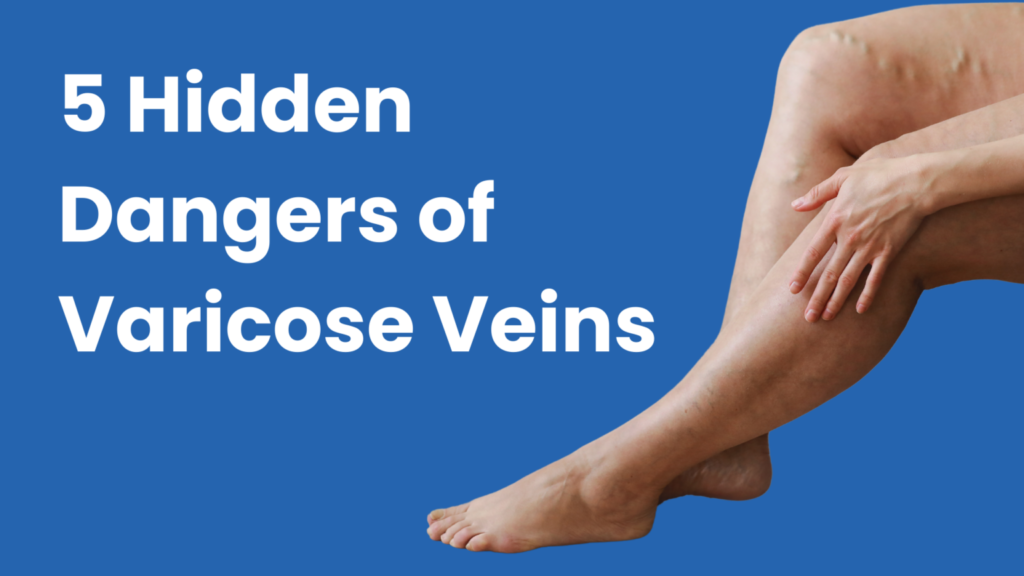Each minute, the six quarts of blood in your body races through 60,000 miles of blood vessels an incredible three times. If there are any issues along this high-speed circulation system, there can be some outward signs.
As vascular specialists, Dr. Ariel Soffer and the team here at Soffer Health Institute want to make sure that our patients recognize when there’s a potential circulatory problem.
Often, these outward signs show up in your lower extremities — your lower legs, ankles, and feet — so, we’re going to focus on symptoms in these areas.
1. Varicose and spider veins
One of the more common circulatory issues is chronic venous insufficiency (CVI), which can lead to spider veins and varicose veins in your legs.
CVI affects between 6 and 7 million people in the United States and occurs when one-way valves in the veins in your legs begin to weaken. When this happens, they don’t close all the way, and some of the blood that should be making its way back up to your heart begins to slip backward and pool. As a result, this blood engorges a superficial vein, sending it toward the surface of your skin, creating spider and varicose veins.
2. Numbness and tingling in your lower extremities
Another common circulatory issue is peripheral artery disease (PAD), which affects 6.5 million people aged 40 and older in the US. With PAD, arteries that supply blood to your legs are narrowed, which decreases circulation into your lower extremities.
One of the primary symptoms of PAD includes numbness and tingling in your lower legs and feet. You might also experience pain in your legs, changes in the skin, or wounds that don’t heal well.
3. Swelling in your lower legs
The reason why circulation issues are often first noticed in your legs is that they’re farthest from your heart. Problems tend to be magnified in the extremities because the blood vessels work harder to deliver and return blood.
An example of this is edema, or leg swelling. If you have sluggish circulation, fluids can succumb to gravity and gather in low points — your lower legs, ankles, and feet.
In many cases, edema is perfectly harmless, such as when your feet swell when you’ve been traveling. Ongoing edema that doesn’t have an obvious explanation, however, bears further investigation, as it might point toward a serious cardiovascular issue.
If you recognize any of these symptoms, we urge you to come see us for a vein evaluation. To get started, please contact one of our offices in Weston or Aventura, Florida, to set up an appointment.



